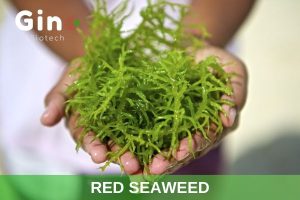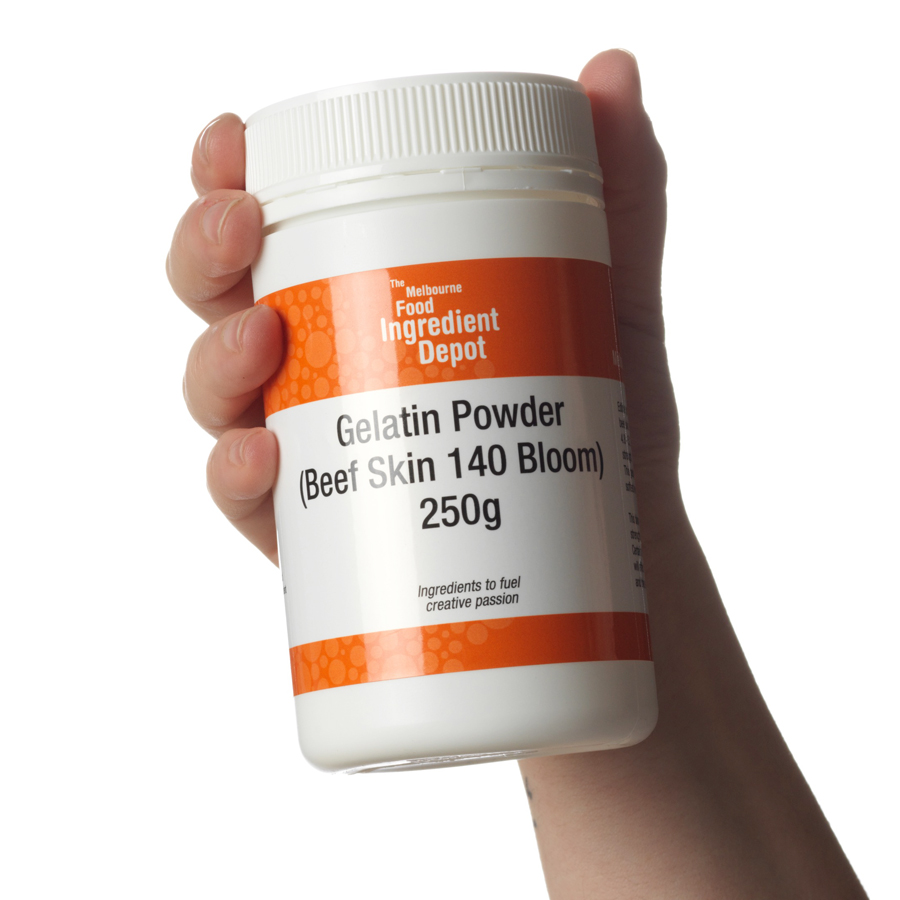

In general, there are three types of carrageenan: kappa, iota, and lambda carrageenan (Hamdan et al.

Carrageenan is commonly used as a gelling agent in some products (frozen foods, jellies, and yogurt) (Noor 2018). 2020).Ĭarrageenan is a natural sulfate polysaccharide that is soluble in water (Farhan and Hani 2017). Carrageenan is also a carbohydrate polymer that has the capacity to renew plastics in its application in the pharmaceutical industry due to its easy processing and abundance (Hamdan et al. There are several options for capsules that have been developed, namely, alginate capsules not applied to make hard shell capsules, carrageenan capsules with a slow disintegration time, and capsules sensitive to temperature changes, namely, hypromellose capsules (Fauzi et al. Thus, other natural ingredients for hard shell tablets are expected to be an opportunity to replace gelatin (Fauzi et al.
Replacing gelatin with iota carrageenan update#
Numerous herbal polysaccharides, including starch and cellulose derivatives, have been investigated for their potential to update gelatin (Poeloengasih et al. Therefore, within the last several decades, herbal polysaccharides have attracted greater interest and have drastically advanced as medicinal pill substances to provide high-dose paperwork for drugs. Traditional capsules are generally derived from gelatin produced from animal parts (bones or skin), which means that not all humans can consume these capsules, such as vegetarians and Muslims (Rabadiya and Rabadiya 2013 Fauzi et al. Therefore, as a drug delivery system (DDS), hard shell capsules are essential. The advantages of capsules are easy to swallow, easy to adjust drug dosages and to combine with other drugs depending on patient needs, and they are also suitable for drugs with low compressibility, slow dissolution, and bitter taste (Poeloengasih et al. Meanwhile, the soft shell is specifically applied for liquid and semisolid filling materials (Qiu et al. Hard gelatin capsules are commonly used for dry fillings such as powders, liquids, and semisolids. Currently, there are two types of capsules, namely, hard gelatin capsules and soft gelatin capsules, usually called soft shells. Basically, capsules are created to put a drug or active pharmaceutical ingredient (API) in an elegant, odorless, tasteless, easy-to-swallow and to-fill shell. The Korsmeyyer–Peppas kinetic model is suitable for illustrating the drug release kinetics of capsule shells from seaweed carrageenan extract ( Eucheuma cottonii) and potato starch as a gelling agent.Ĭapsules are dosage forms that have been used for a long time in pharmacies. In the Korsmeyyer-Peppas model, the value of reaction rate constant (k) at composition C and temperature of 55 ✬ variations are 1.41 × 10 –2 and 9.49 × 10 −3 min −n. In the Higuchi model, the correlation coefficient for composition variation is better than temperature variation of 0.92. While in first order obtained the reaction rate constant of 4.59 × 10 –2 and 2.06 × 10 −2 min −1 respectively at variations in capsule D composition and temperature of 60✬. The result on zero order is that at the C composition and temperature 55 ✬ variations obtained the reaction rate constant (k) are 1.05 and 1.27 min respectively. The capsule shell dissolution test results were calculated using kinetic models of order 0, order 1, Higuchi, and Korsmeyer-Peppas.

In the research there are two variations namely composition and temperature. This study aims to make capsule shells from carrageenan seaweed ( Eucheuma cottonii) with variations in carrageenan composition and temperature using potato starch as a gelling agent with the addition of PEG as a plasticizer and to determine the kinetics model of the drug release system from the capsules that have been made. Therefore, carrageenan is one of the other natural ingredients that can replace gelatin. Capsules are created to put a drug or active pharmaceutical ingredient in an elegant, odorless, tasteless, easy-to-swallow and to-fill shell commonly produced from gelatin.


 0 kommentar(er)
0 kommentar(er)
